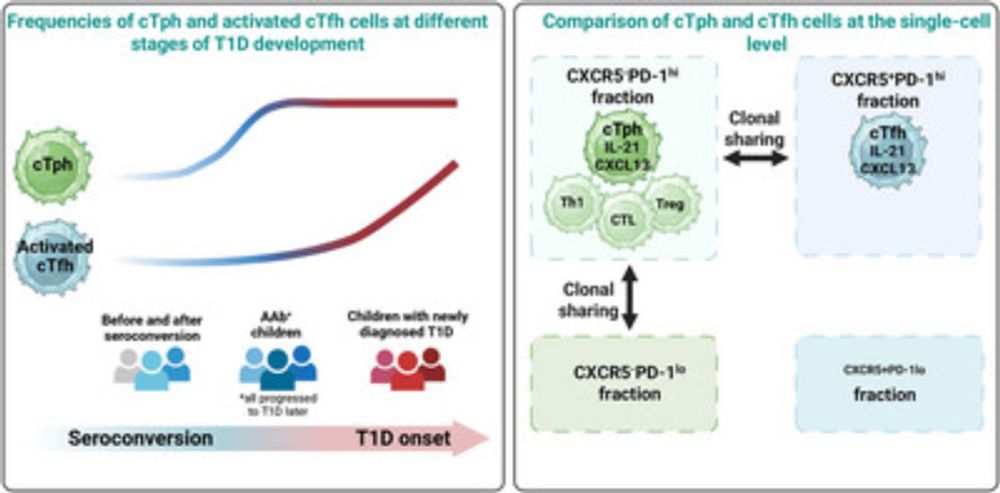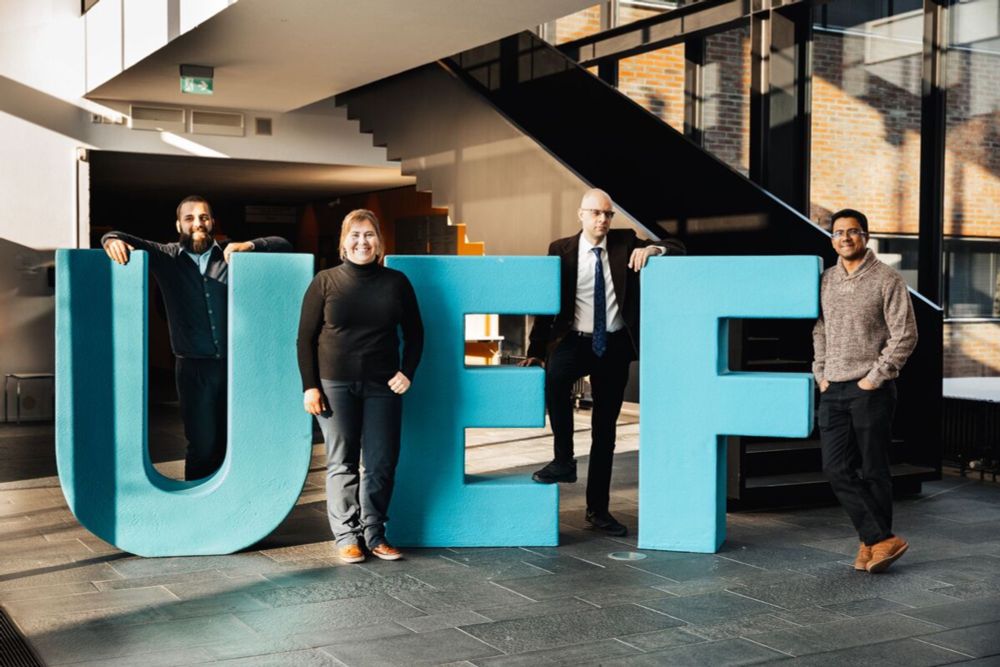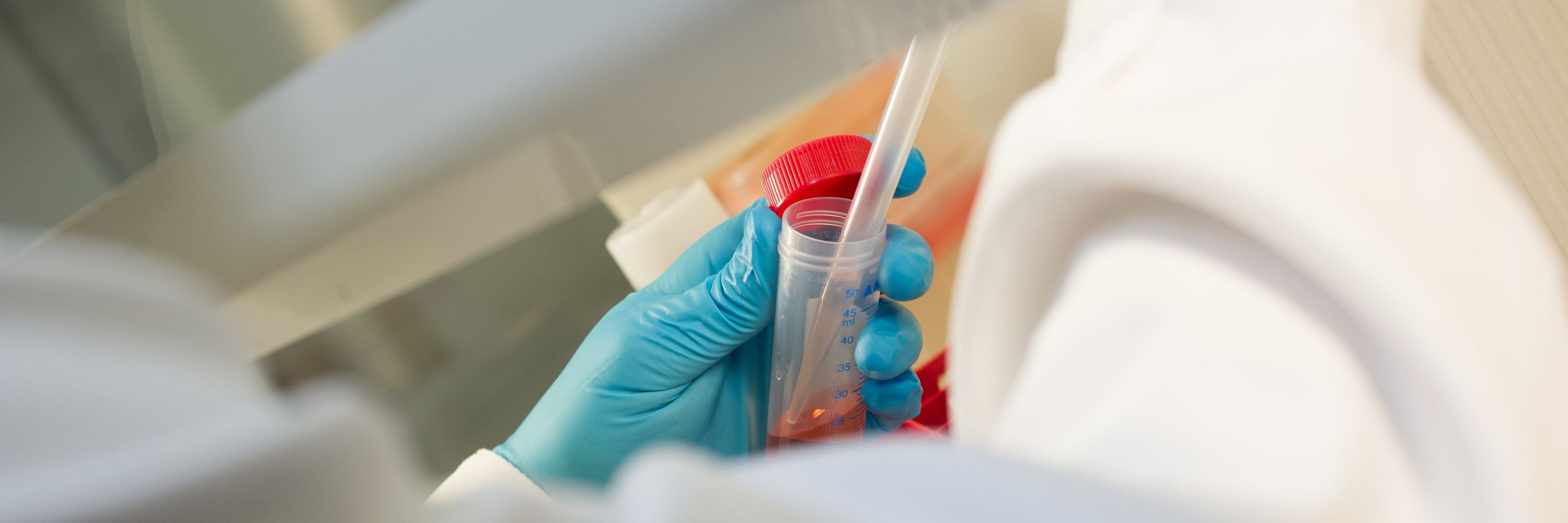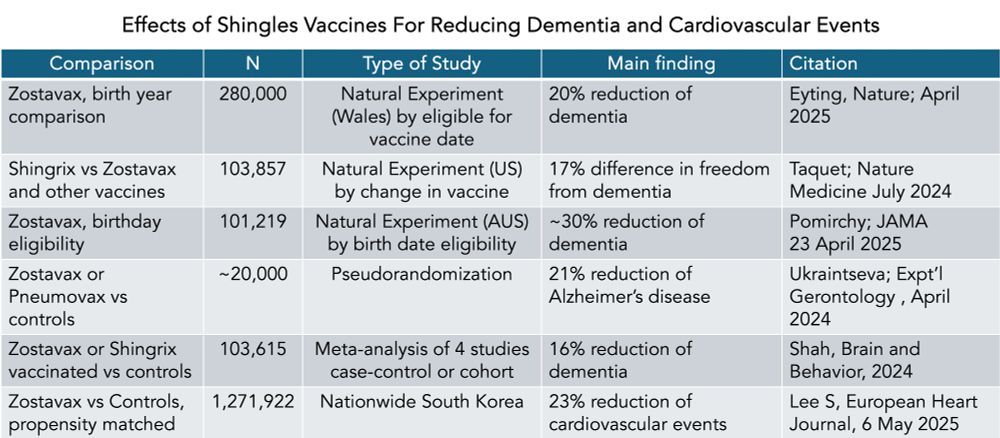Tuure Kinnunen
@tuurekinnunen.bsky.social
140 followers
29 following
26 posts
Professor of Clinical Microbiology and Immunology at the University of Eastern Finland, Kuopio, Finland. All things immunology, with a special interest in T cells and autoimmunity. Lab page: https://uefconnect.uef.fi/en/translational-immunology-group/
Posts
Media
Videos
Starter Packs
Tuure Kinnunen
@tuurekinnunen.bsky.social
· Jun 24
Tuure Kinnunen
@tuurekinnunen.bsky.social
· Jun 24
Tuure Kinnunen
@tuurekinnunen.bsky.social
· Jun 24
Tuure Kinnunen
@tuurekinnunen.bsky.social
· Jun 24
Tuure Kinnunen
@tuurekinnunen.bsky.social
· Jun 24
Tuure Kinnunen
@tuurekinnunen.bsky.social
· Jun 24
Tuure Kinnunen
@tuurekinnunen.bsky.social
· Jun 24
Tuure Kinnunen
@tuurekinnunen.bsky.social
· Jun 24
Tuure Kinnunen
@tuurekinnunen.bsky.social
· Jun 24
Tuure Kinnunen
@tuurekinnunen.bsky.social
· Jun 24

The Frequency but not the Phenotype of Circulating Peripheral T Helper Cells is Increased at Later Stages of Progression to Type 1 Diabetes
Frequencies of circulating T peripheral helper (cTph) and activated T follicular helper (cTfh) cells increase close to the diagnosis of clinical type 1 diabetes, but not at the onset of autoimmunity.....
onlinelibrary.wiley.com
Tuure Kinnunen
@tuurekinnunen.bsky.social
· Jun 19
Tuure Kinnunen
@tuurekinnunen.bsky.social
· May 27
Tuure Kinnunen
@tuurekinnunen.bsky.social
· May 23

Postdoctoral Researcher/Doctoral Researcher/Project Researcher, Translational Immunology
The University of Eastern Finland is inviting applications for a Postdoctoral Researcher/Doctoral Researcher/Project Researcher (Translational Immunology) position in Kuopio. The position will be fill
uef.varbi.com
Reposted by Tuure Kinnunen
Tuure Kinnunen
@tuurekinnunen.bsky.social
· Apr 30
Eric Topol
@erictopol.bsky.social
· Apr 29

U.S. government researchers present 'phenomenal' new data on HPV vaccines
A new study seems to confirm that a single dose of the vaccine used to prevent HPV infection is just as effective as two — and, therefore, also helps to prevent cancer.
www.statnews.com
Tuure Kinnunen
@tuurekinnunen.bsky.social
· Apr 24





